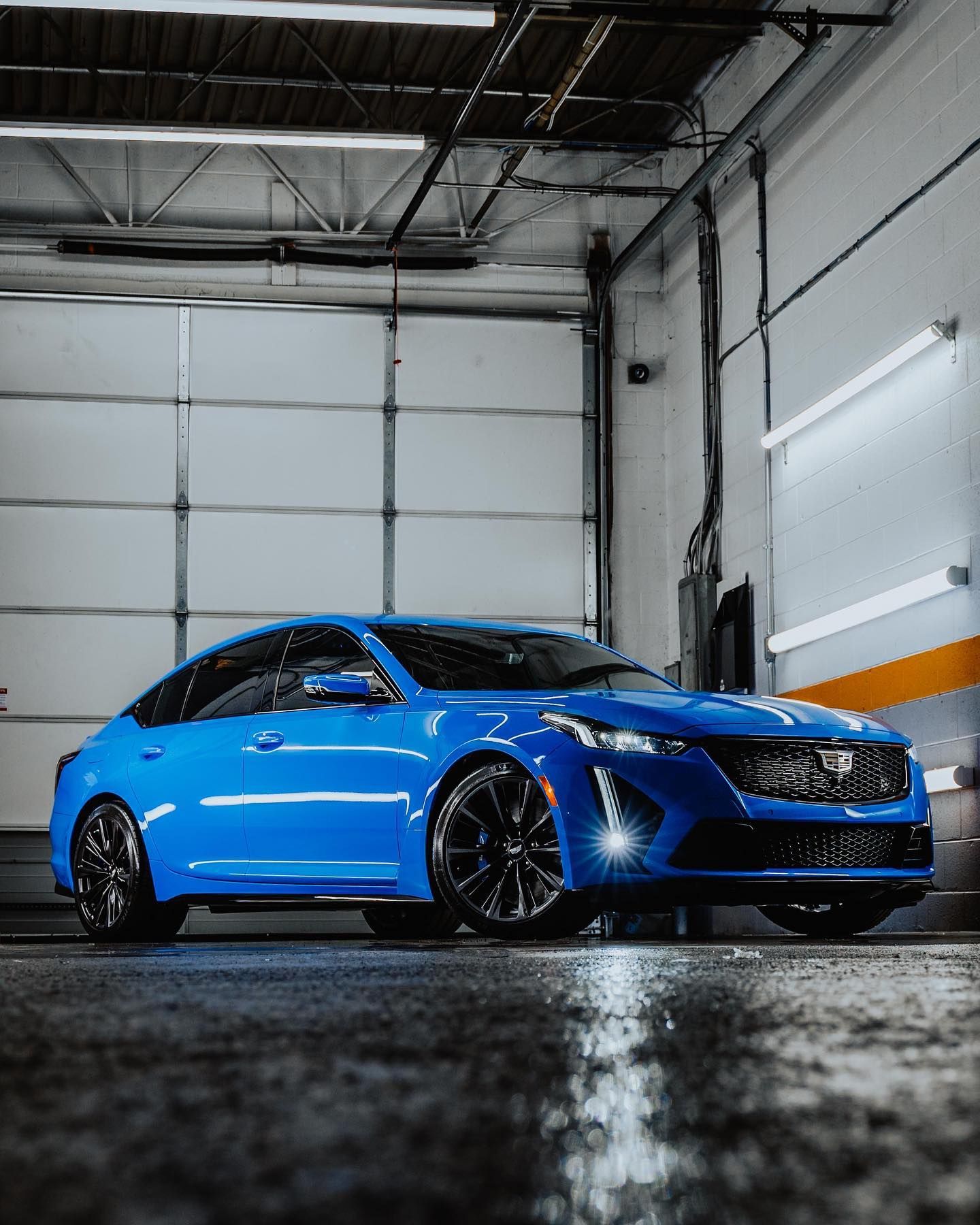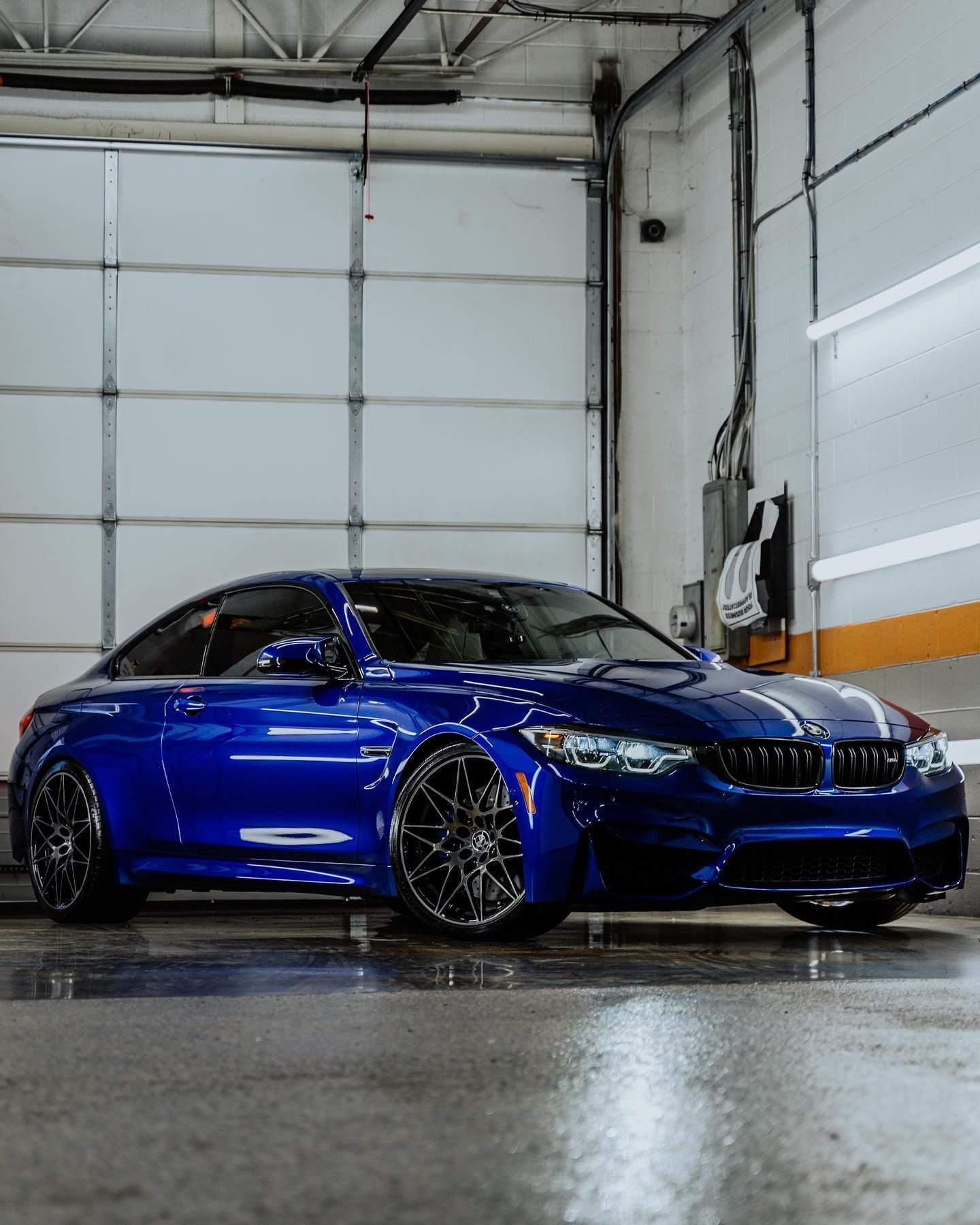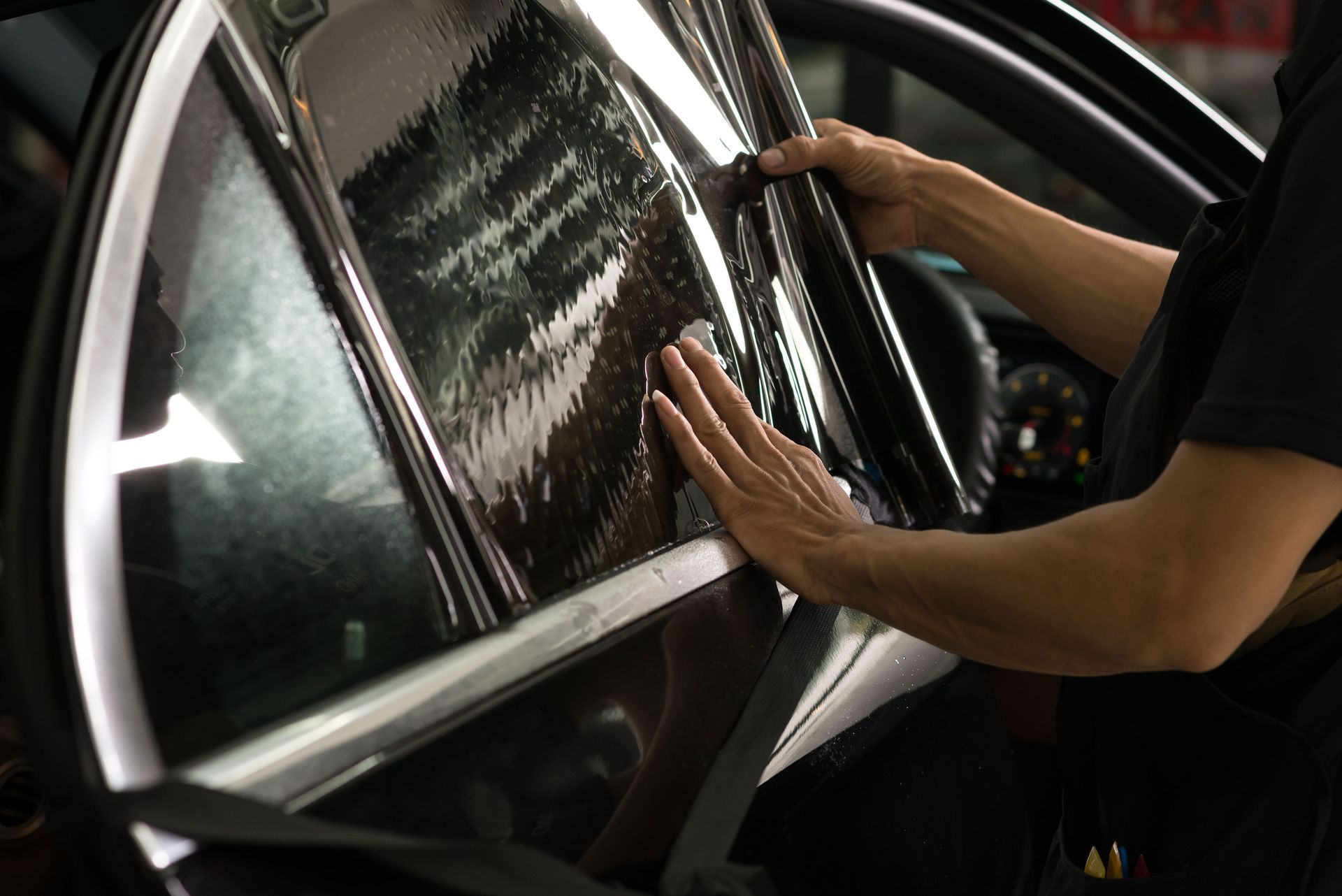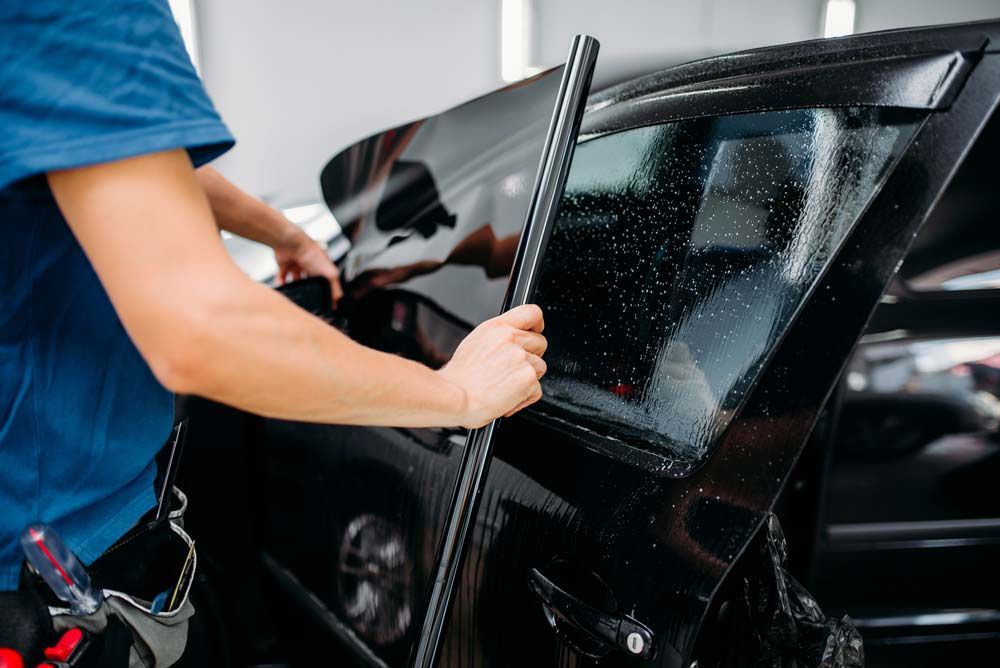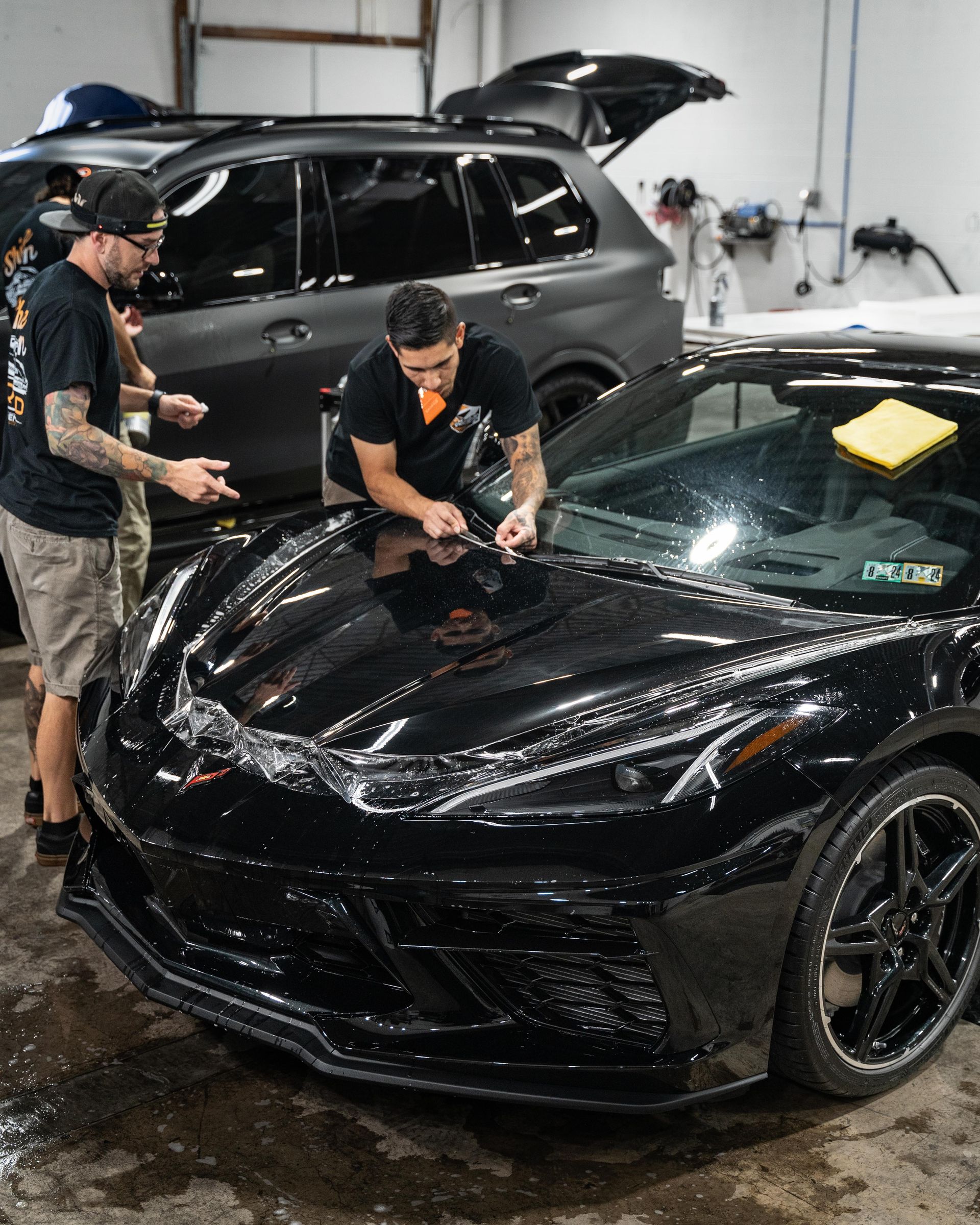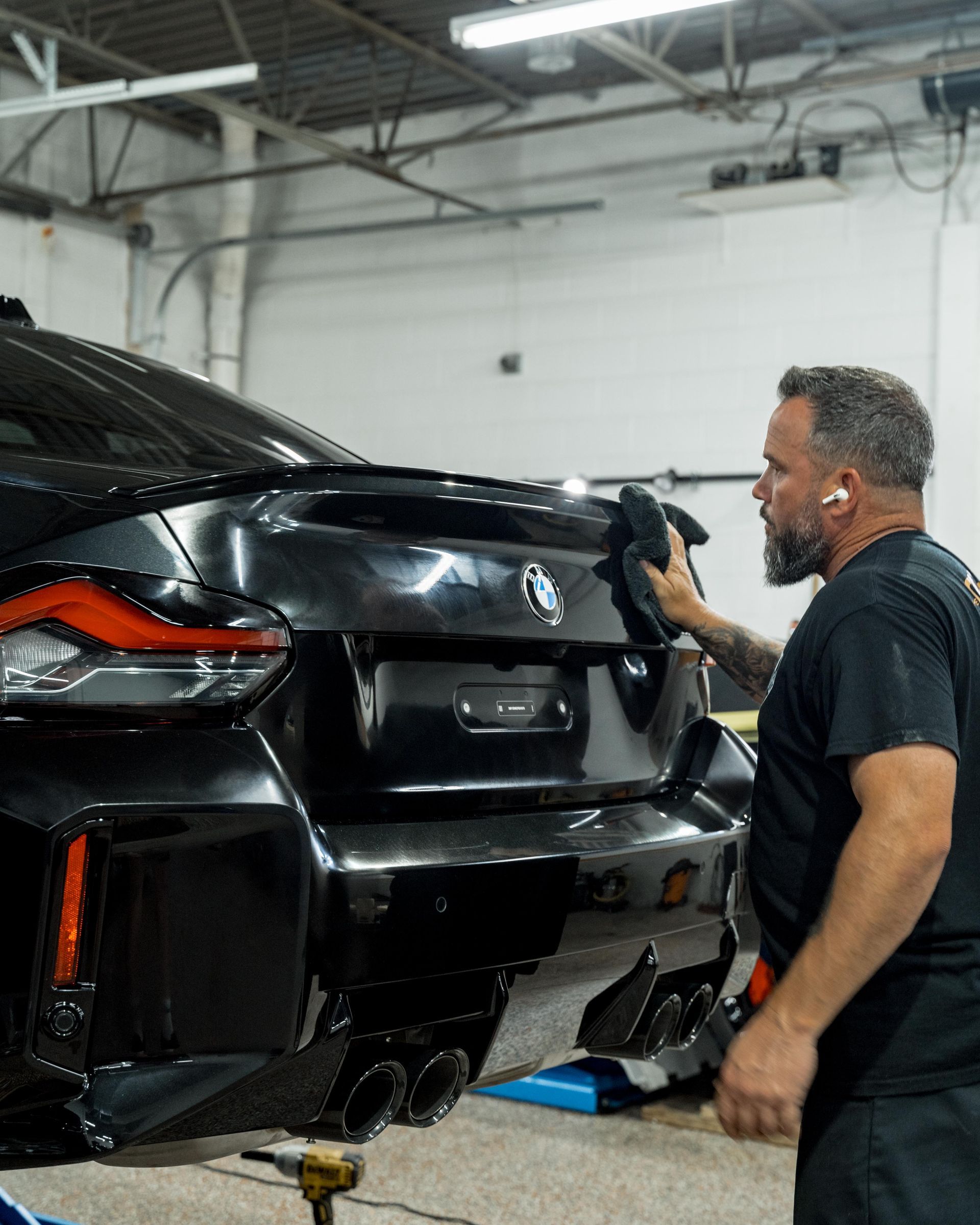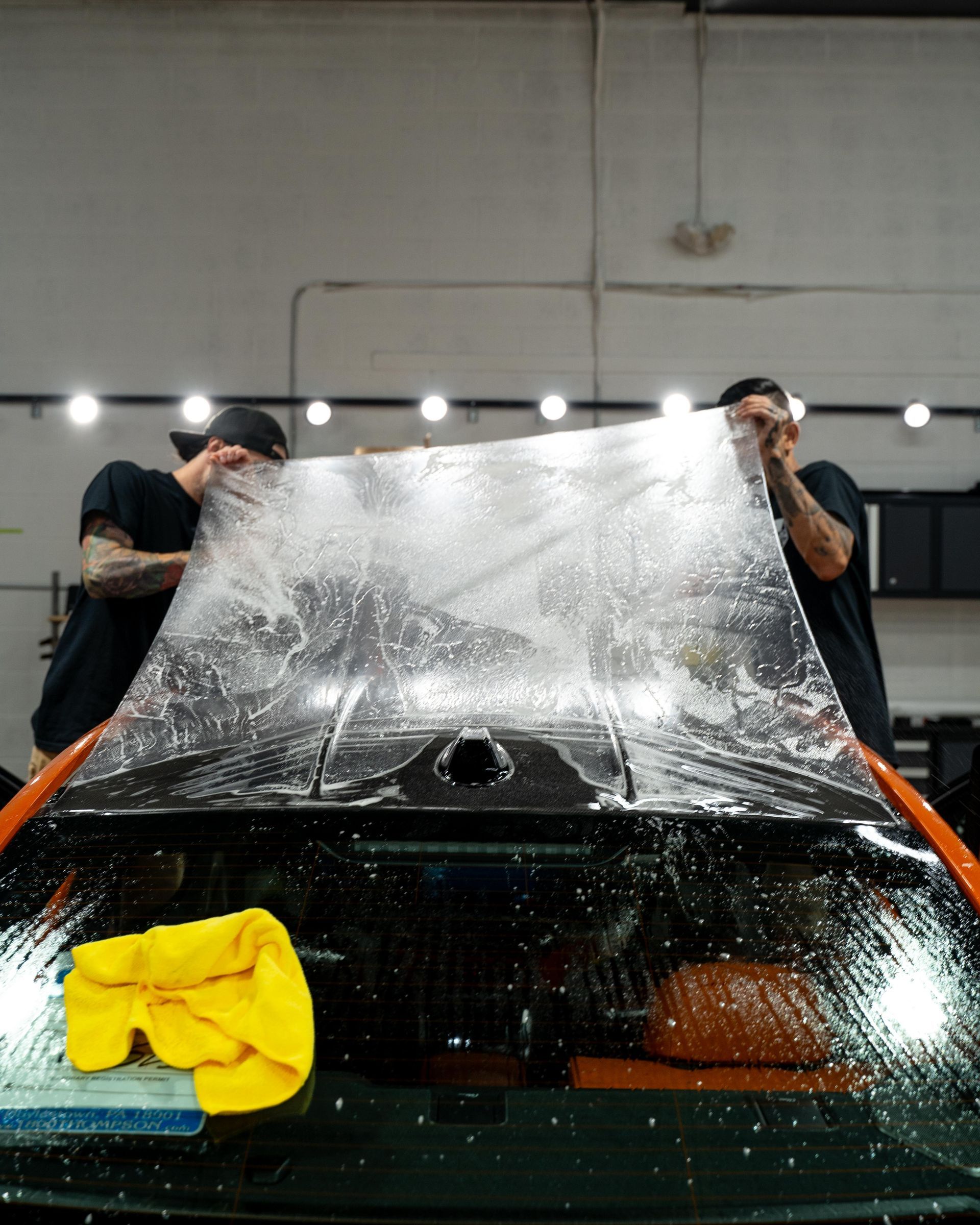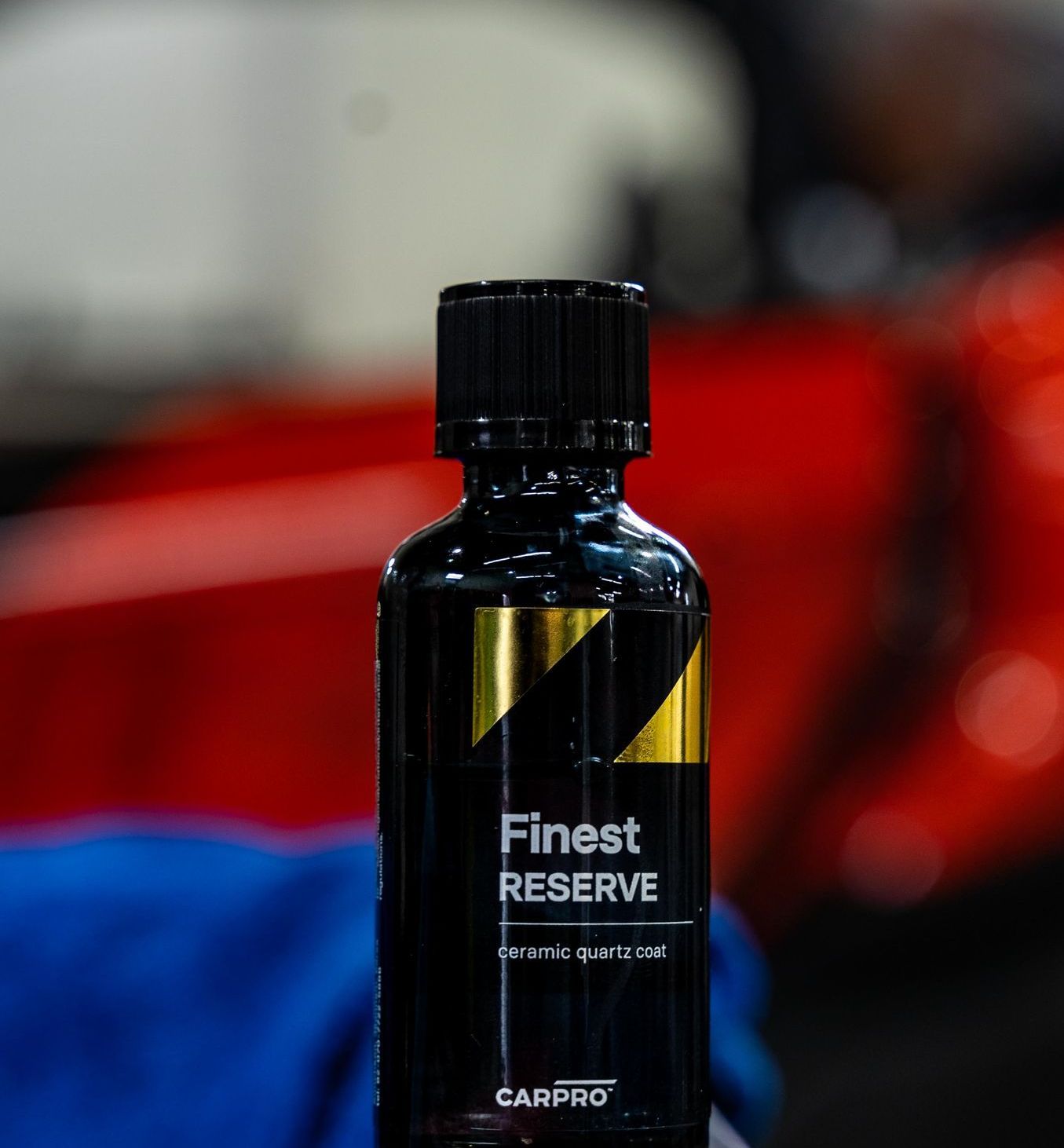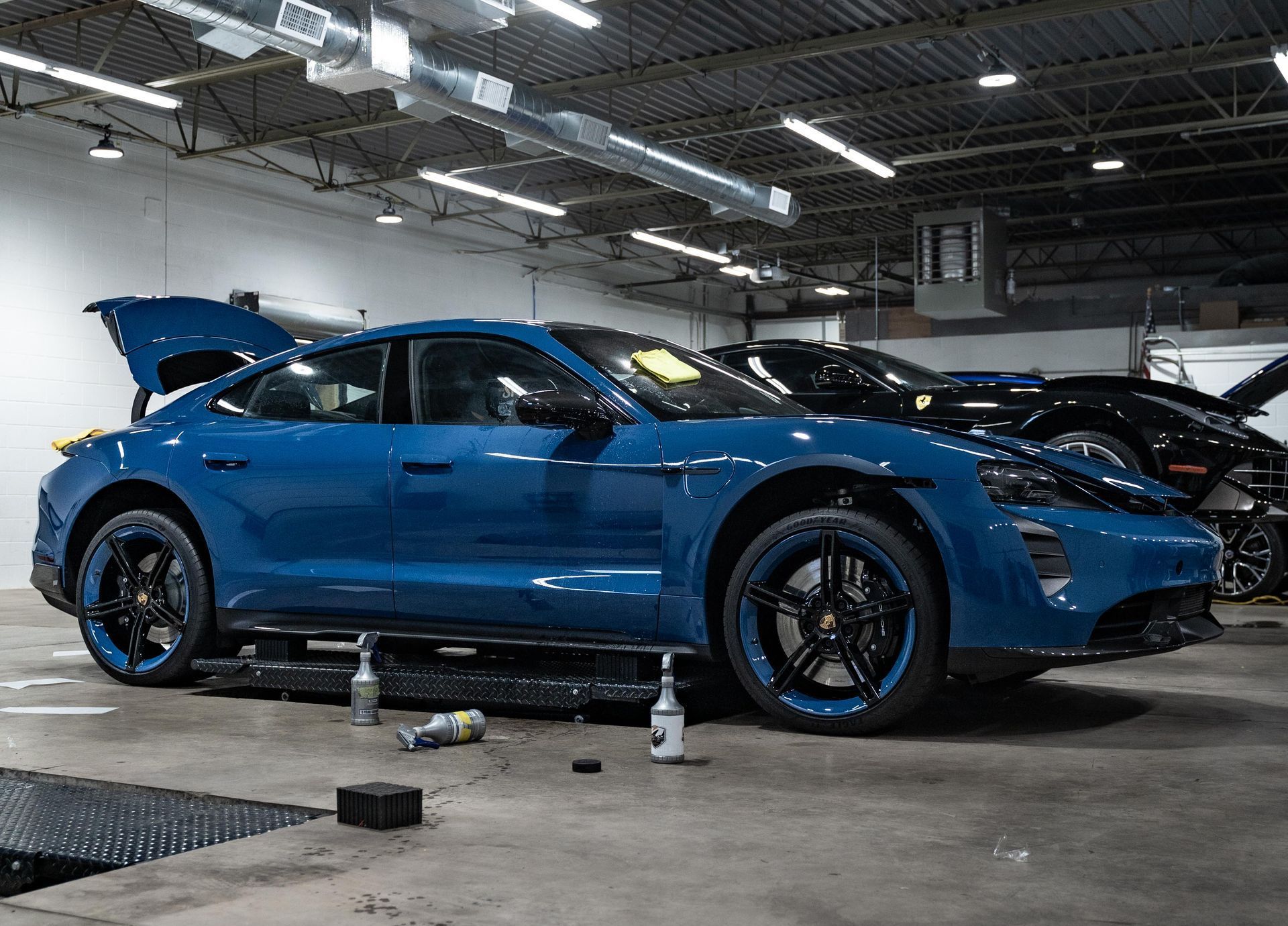Debunking Myths About Window Tinting: Essential Facts and Benefits
CALL (833) 263-6273
When considering window tinting, it can be hard to sift through the myths that surround it. One might wonder if tinted windows are just for show or if they really provide real advantages like privacy and heat reduction. Thankfully, there’s much more to window tints than most people think. They not only add style but also offer essential benefits that can improve comfort and safety in your home or car. Let's dive into some common misconceptions about window tinting and uncover the truth behind this often misunderstood feature.
Common myths about window tinting include beliefs that tints block outside views and that they are too expensive for homeowners. In reality, window tints can enhance visibility by reducing glare without obstructing views, and they are a cost-effective alternative compared to replacing windows while providing added benefits such as UV protection and privacy.
Myth 1: Window Tints Block the Outside View
One of the first misunderstandings people encounter is the belief that window tints block the outside view. Contrary to this notion, window tints actually enhance visibility by cutting down on glare caused by bright sunlight. When you tint your windows, you’re not just creating a barrier; you’re allowing for a clearer perspective while maintaining privacy. In fact, a survey revealed that 70% of people believe window tints obstruct views, which couldn’t be further from the truth. Users often find that tinted windows provide a sharper, less distorted view—especially during those blinding hours of midday sunshine when it’s most needed.
Myth 2: Window Tints Are Only for Aesthetic Appeal
Another prevalent myth is that window tints are merely for looks. While it's true they bring a stylish flair to your vehicle or home, they offer so much more than just aesthetic satisfaction. The functional benefits are significant and diverse. Tints provide essential UV protection, filtering out up to 99% of harmful rays that can lead to skin damage and even skin cancer. With the backing of organizations like The Skin Cancer Foundation, the added health protection makes window films not just a luxury but an essential feature for anyone looking to shield themselves and their loved ones from unnecessary harm.
Myth 3: Tinting Windows is Expensive
A common misbelief is that tinting windows carries a hefty price tag. In reality, when you compare the cost of window tinting to replacing entire windows—a task that can send costs soaring into thousands of dollars—the former emerges as a far more budget-friendly option. Professional tinting services typically range from $200 to $800, depending on how many windows you want done and their sizes.
It’s a fraction of what new windows would cost, making it an incredibly economical alternative without sacrificing quality or aesthetics. As we explore these facts, it's clear that understanding window tinting goes hand in hand with recognizing its real advantages—preparing us to appreciate how it contributes significantly to comfort and safety in our spaces.
Heat Protection and Window Tinting
One of the most significant advantages of window tinting is heat rejection, which plays a crucial role in maintaining comfort during sweltering summer months. Many people underestimate the power of modern window tints. For instance, advanced options like ceramic or nano-ceramic films can reject up to 90% of infrared heat. This means when sunlight streams into your windows, it hits a barrier that significantly blocks out the heat without compromising natural light.
Studies have shown that vehicles or homes fitted with properly installed window tints can experience interior temperature reductions of up to 15 degrees Fahrenheit. Imagine stepping into your car after a long day under the blazing sun and finding it fifty degrees cooler inside! This type of temperature control not only enhances comfort but also has practical repercussions on energy consumption by reducing reliance on air conditioning systems.
Many homeowners are pleasantly surprised to learn that households with window tints often report lower energy bills throughout the hot summer months. By keeping interiors cooler, these tints alleviate the constant demand for air conditioning. As a result, homeowners find themselves enjoying savings on their monthly electricity bills without sacrificing comfort. On average, energy savings can range from 10% to 20% annually, contributing both monetary savings and environmental benefits. These numbers may vary depending on factors such as climate, window orientation, and specific film quality, but it’s clear that investing in window tinting offers substantial long-term gains.
Window tinting doesn’t just improve your home’s aesthetic; it makes an investment in efficiency that pays off each year through its ability to keep your space cooler and your wallet fuller. With the heat rejection properties explored and the energy-saving benefits laid out, next we will consider how tinted windows impact visibility for those inside and outside.
Visibility Through Tinted Windows
A frequent worry among potential window tint buyers is that installing tint will reduce visibility, making driving hazardous or creating an unpleasant atmosphere in their homes. However, experts agree that when chosen wisely, window tints can actually enhance rather than impair visibility. The key lies in understanding how these products work and what benefits they offer.
- Clarity and Glare Reduction: High-quality window tints don’t just darken your view; they significantly reduce glare, which can be particularly blinding during bright days. Imagine driving down a sunlit road at sunrise, where the light casts a harsh glow on the windshield. This is precisely where window tints shine. Drivers report a remarkable clarity behind the wheel, especially during times of day when sunlight is most intense. In fact, 85% of users surveyed indicated that their driving experience improved dramatically after tint installation. In many cases, simply reducing glare leads to a more pleasant and safer driving experience. The reduction in eye strain allows drivers to focus better on the road without contending with distracting reflections or bright spots.
- Daytime and Nighttime Visibility: When it comes to daytime visibility, quality tints are designed to filter sunlight effectively without compromising visibility. You might think that darker tints could obstruct your view or make it hard to see outside, but the technology used today offers a perfect balance between light filtration and clarity. For instance, during the day, tinted windows can cut down on glare while still offering a clear view of your surroundings. At night, you don't have to worry about reduced visibility either. Good-quality tints allow headlights and streetlights to illuminate the road adequately without blurring everything in sight. Choosing the right type of film is crucial here; some films provide greater clarity than others and are better suited for nighttime driving, ensuring you feel comfortable on both bright sunny days and moonlit nights.
By addressing these factors surrounding visibility, we can shift our attention to practical concerns such as issues like tint bubbles and other imperfections that may arise post-installation.
Addressing Tint Bubbles
Bubbles in window tint can indeed be quite frustrating, but understanding their root causes sheds light on how to deal with them effectively. Typically, these bubbles emerge not from the tint itself but from poor installation processes or negligence during the curing phase. When the surface isn’t adequately prepared, dust particles can become trapped beneath the film, leading to those unsightly bubbles that can mar an otherwise flawless application.
- Common Causes: One of the most common culprits for bubbling is improper surface preparation. If the window isn’t cleaned properly before installation, any residual dirt or grease can trap air underneath, turning tiny pockets of air into larger, more noticeable bubbles. Additionally, if insufficient pressure is applied during the squeegeeing process—that smooth tool you use to eliminate air—some areas might not adhere well to the glass. Furthermore, using lower-quality films can significantly contribute to this issue. Films that aren't produced under stringent quality control often have compounds that make them more susceptible to bubbling, especially when subjected to fluctuating temperatures or humidity levels. Investing in high-quality products ensures longevity and reduces unexpected maintenance issues.
- Preventive Measures: To prevent bubbles from forming in the first place, meticulous attention must be paid right from the start. Before applying the tint, ensure that the window surface is thoroughly cleaned—use a good glass cleaner and lint-free cloths to remove all dirt and debris. It’s also vital during installation to employ a high-quality squeegee; an even and firm application can help expel any potential air pockets that might cause bubbling later on.
- Rectifying Existing Bubbles: If you do find yourself faced with stubborn bubbles after installation, don’t despair! Small bubbles can often be tackled easily; using a heat gun set on low can work wonders—gently warm the film over the bubble area, which softens it enough for you to then use your trusted squeegee to flatten it down smoothly against the glass. However, if you encounter larger bubbles or if they persist despite your best efforts, consulting with a professional may be your best course of action. Think of it like wallpapering; achieving that perfect finish requires not only experience but also the right tools and techniques.
Remember — investing time in proper installation protocol now saves substantial effort down the road when it comes time to address any issues arising from bubble formation. With our understanding of bubble prevention and rectification in place, we can now shift focus toward how to tailor tint solutions perfectly suited for your environment and style.
Customizing Tint Levels
One of the exciting aspects of window tinting is its customizability. With various options available, homeowners can select tints that perfectly align with their needs and preferences. Each option comes with unique benefits, allowing for an array of choices that can suit any household.
Types of Tints
- Decorative Tints: These often come in different colors, patterns, or designs, mainly focusing on enhancing the overall look of your home. They not only allow for personalization but also offer a layer of privacy without completely blocking out natural light.
- Solar Control Tints: The most popular choice among homeowners, solar control tints effectively reduce heat and glare while letting in visible light. This type is favored by 60% of users and is ideal for those wanting a comfortable indoor environment without sacrificing natural lighting.
- Security Tints: Designed to protect against shattering, these tints help keep broken glass contained in case of accidents or break-ins. While they do provide privacy and reduce UV rays, their primary purpose is to enhance safety.
Each type serves different needs—from privacy and aesthetic enhancement to UV protection and safety. Think about your specific use case; if you want something purely functional, solar control tints might be the best call; however, if you're looking to enhance your space's design while maintaining some level of privacy, decorative tints will shine.
Degrees of Darkness
The customization doesn't stop at type; the degree of darkness is just as important. Tint levels are measured by the Visible Light Transmission (VLT) percentage. A lower VLT means a darker tint that offers higher privacy but lets in less light. For instance, 5% VLT blocks out most transparency for increased security from prying eyes, while something like 50% VLT allows quite a bit of light while still offering some level of privacy. Most states in the USA allow a VLT of 35% for front windows and 20% for rear windows, but this can vary significantly based on local regulations. It's vital to familiarize yourself with these laws before making a selection to avoid fines or mandatory removals later on.
When selecting a tint, consider local laws and the primary purpose—whether it’s for privacy, heat rejection, or aesthetics. Consider how you want your living space to feel: cozy and private or bright and open? Understanding these factors clearly will enable you to make a more informed decision tailored specifically to your lifestyle and needs. As we move forward, it's essential to explore the legal guidelines that govern window tinting practices to ensure compliance and enhance your tinting experience.
Legal Aspects of Window Tinting
When it comes to window tinting, it's paramount to be aware of the specific laws in your area. In many states, including New Jersey, Visible Light Transmission (VLT) is a key aspect of these regulations. VLT defines how much light is permitted through the tinted glass. For instance, sedans are required to have no tint on the windshields and front side windows, while the back side and rear windows can have any level of darkness. SUVs and vans follow similar guidelines. Compliance with these regulations keeps drivers safe and ensures that visibility is not compromised while driving.
The New Jersey Motor Vehicle Commission is responsible for enforcing these laws and ensuring that vehicle owners are informed about what is acceptable. If you're unsure whether your window tint meets local standards, it’s best to consult entities like your local DMV or law enforcement for clarification. They can provide crucial insights that will save you from potential fines or the need for costly alterations down the road.
Additionally, certain medical conditions may allow individuals to obtain special tint exemptions. For example, if sunlight causes health issues such as skin sensitivity or other conditions that make it difficult for someone to drive safely without adequate protection from light, there’s hope! Medical exceptions can be pursued through official channels, but you will need documentation from a healthcare provider to qualify.
Understanding Penalties
Of course, understanding the stakes isn't just about knowing the rules; it’s also about acknowledging the consequences of non-compliance. Penalties for failing to adhere to tinting regulations can vary significantly. In New Jersey, fines can range from $1,000 for a first offense all the way up to $5,000 for repeat violations. These costs can be surprisingly steep—especially when you consider that simply adhering to legal limits can help avoid them entirely. Knowing these penalties may inspire many drivers to take information about window tinting more seriously!
As we shift our focus now, let's look closely at how professional installation not only enhances compliance but also boosts safety and effectiveness.
Benefits of Professional Installation
When it comes to window tinting, the allure of a DIY kit may tug at your wallet. However, anyone who's tackled window film installation can tell you that the story often doesn't end well. The advantages of hiring a professional are clearer than the view through properly tinted windows. One major factor is the expertise and precision that professionals bring to the table. They possess both the knowledge and specialized tools to ensure every inch of tint is applied flawlessly—no bubbles, creases, or dust particles. Imagine preparing for a big event; you'd opt for a tailor instead of attempting to sew that perfect outfit yourself. Similarly, when it comes to window tinting, turning to a professional minimizes errors and guarantees quality.
- Expertise and Precision: Many users who invest in professional installations frequently report that their tints last significantly longer and perform better than those installed by themselves. It's akin to cooking from scratch versus reheating frozen meals—the effort you put in often dictates the outcome. With professionals bringing decades of experience into the mix, like an artist meticulously painting a masterpiece, they can anticipate issues before they arise. What might seem minor during installation can harbor future complications for DIYers, such as peeling or improper adhesion over time. Sure, the upfront cost of professional services might be higher compared to purchasing a DIY kit, but consider it an investment. That initial expenditure ensures a smoother installation with fewer headaches down the line, ultimately saving you both precious time and additional costs to rectify mistakes.
- Warranty and Support: Another critical aspect of professional installation lies in the warranties and support offered by reputable services. Many come embedded with warranties that cover potential issues like peeling, bubbling, and fading—providing assurance that your investment remains protected over time. Esteemed brands offer extensive warranties that DIY solutions simply cannot match. It's just like having insurance: should anything go awry after installation, most professionals will address concerns at no extra charge. This peace of mind allows homeowners to relax knowing their windows are in safe hands. By considering these factors collectively—the expert touch in installation, extensive warranties, along with overall longevity and performance—it’s evident how valuable it is to rely on professionals for your window tinting needs. When weighing these benefits against the possible pitfalls of DIY projects, investing in professional services seems not only wise but essential for achieving optimal results.
In light of this comprehensive breakdown of myths surrounding window tinting and the undeniable advantages of professional installations, it's clear that informed decisions lead to greater satisfaction and long-lasting investment protection.
Professional Window Tinting Solutions in West Chester, PA
Tired of harsh sun glare and scorching interiors? Menard Premium Detailing offers expert window tinting services in West Chester, PA, that blend sleek looks with serious function. Our high-quality tints reduce heat, block harmful UV rays, and add an extra layer of privacy—all while enhancing your vehicle’s style. Whether you're commuting or cruising, enjoy a cooler, more comfortable drive with tinting that’s professionally installed and built to last. Book your window tint appointment today and experience comfort that travels with you.

